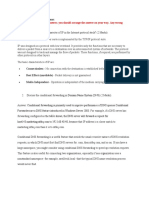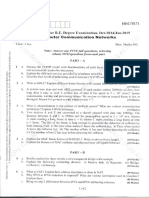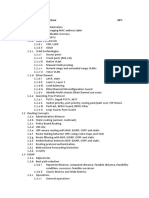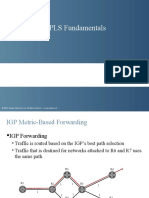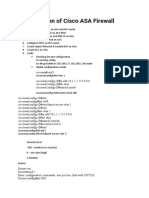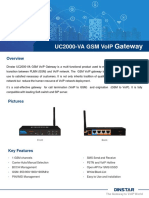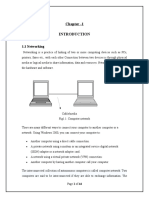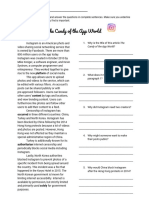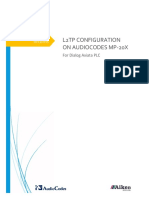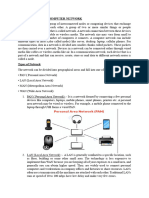0% found this document useful (0 votes)
44 views13 pagesComputer Network
A computer network is a group of interconnected computers that share resources and data. Key criteria for a good network include performance, reliability, and security. The document also discusses various networking concepts such as protocols, ARPANET, NAT, and the differences between circuit switching and packet switching.
Uploaded by
graphicsea2003Copyright
© © All Rights Reserved
We take content rights seriously. If you suspect this is your content, claim it here.
Available Formats
Download as PDF, TXT or read online on Scribd
0% found this document useful (0 votes)
44 views13 pagesComputer Network
A computer network is a group of interconnected computers that share resources and data. Key criteria for a good network include performance, reliability, and security. The document also discusses various networking concepts such as protocols, ARPANET, NAT, and the differences between circuit switching and packet switching.
Uploaded by
graphicsea2003Copyright
© © All Rights Reserved
We take content rights seriously. If you suspect this is your content, claim it here.
Available Formats
Download as PDF, TXT or read online on Scribd
/ 13

























